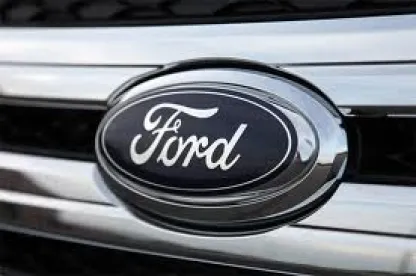Thankfully, no. However, the industry is facing its most challenging environment since 2009 and the years that followed. The latest news, as reported by CNN and others, has Ford cutting 7,000 white-collar jobs this year (2,400 in North America alone). That is roughly 10% of its salaried staff. The cuts are not isolated either as Ford previously announced cuts in Germany and plant closings in Russia.
Nor are the cuts unique to Ford. As reported by Challenger, Gray & Christmas, Inc., automotive industry job cuts are through April 2019 are up 207% over last year. The cuts already surpass cuts for the entire year for every year from 2010-2017, except 2012. And, cuts for the year are destined to exceed those cuts in 2012 and 2018. Not surprisingly, vehicle sales are down. Significantly down. In fact, the expectation is that sales for this year will fall below 17 million vehicles in North American for the first time in five years.
Now, this all pales in comparison to 2009 when almost 175,000 layoffs occurred. In fact, over 100,000 of the 2009 cuts were announced through the same period, April 2009. Thus, the cuts this year are only one-fifth the amount. And, 2009 was on top of over 125,000 layoffs in 2008 and over 78,000 layoffs in 2007. Put in that perspective, almost 20,000 layoffs the first four months of the year is not as jarring. Further, while vehicle sales might fall below 17 million, ten years ago we were talking about sales of 10, 11 or 12 million vehicles.
Suppliers should expect to be similarly impacted. Fewer vehicles means fewer parts means less supply means suppliers can be expected to feel a domino effect of layoffs. Ford’s announcement cutting white collar jobs may not have this trickle down impact, but the slowdown in vehicle production and any plant closings certainly will impact suppliers. And, recall that for every plant closing or loss of vehicle production by an OEM, hundreds of suppliers are impacted all the way down the tiers of supply.
The industry trends are not favorable. Car demand is down, and have been trending down for a few years. Any number of factors could be impacting this trend: global trends toward urbanization, the rise of car sharing services and investment in public transportation all are likely impacting the decline of car registrations. As has also been noted, “interest rates are now at levels not seen since 2010…” Further, cars on short term leases have started flooding the used car market. Why buy a new car when a three year old vehicle with essentially the same technology is available at a highly reduced initial cost? These numbers are material: “Cox Automotive’s Manheim Auctions, which operates 81 sites across the U.S. and 145 globally, predicts about 4 million off-lease vehicles returning this year, up from 3.1 million in 2016 and 3.6 million in 2017.”
The Automotive Industry has always been cyclical. It should not surprise people that after about eight years of consistent and sustained growth, this high part of the cycle is likely coming to an end. So far, we appear to be at the start of what will hopefully be a slow decline with a soft landing that bounces back to be followed by more sustained growth. The industry may not be partying like it is 2009, but it is certainly starting to head toward that direction.




 />i
/>i

